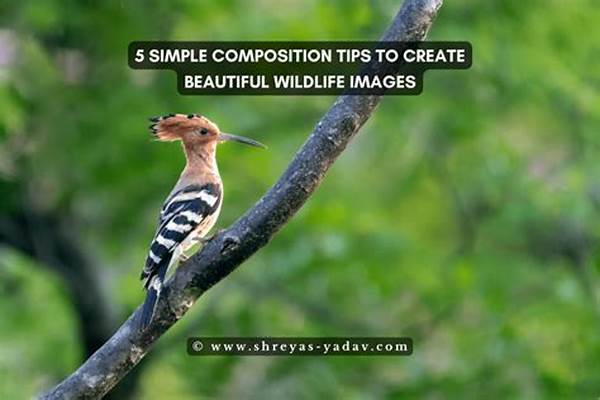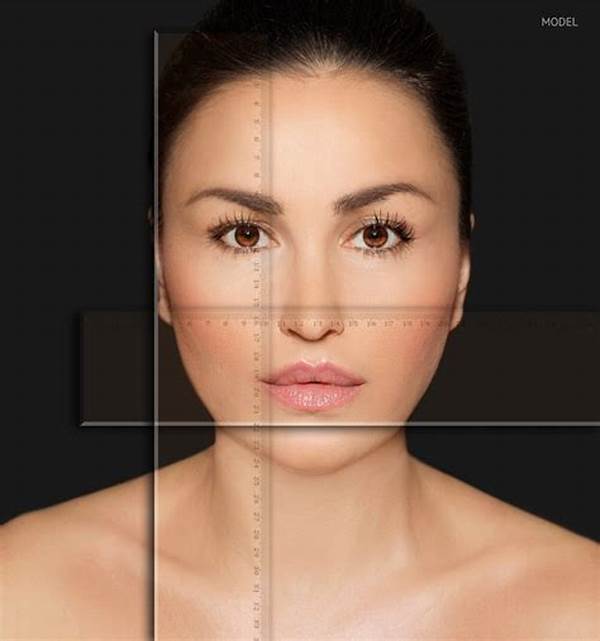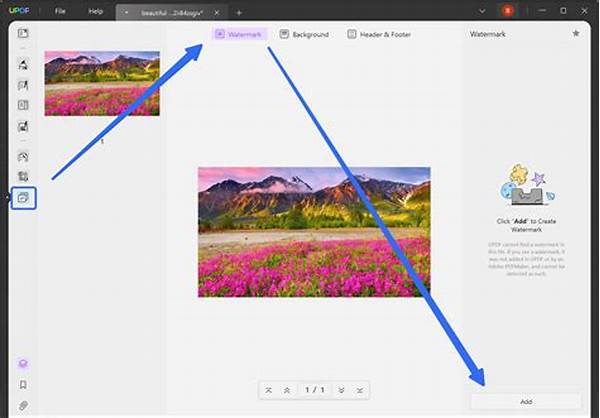Hey there, fellow shutterbugs! Ever found yourself squatting in the middle of a jungle, trying to capture the perfect shot of a curious monkey, only to end up with a blur? Yeah, wildlife photography is an art, and trust me, it’s more about patience and understanding composition than fancy gear. So let’s dive deep into some killer photography composition techniques for wildlife that’ll make your wildlife shots stand out from the rest of the herd!
Read Now : Capturing Action In Pet Photos
The Rule of Thirds: A Wildlife Photographer’s Best Friend
One of the golden photography composition techniques for wildlife is the rule of thirds. Imagine splitting your viewfinder into a 3×3 grid. The idea is to place your subject along these lines or their intersections. This technique helps to create more balanced, engaging shots. It’s like inviting the viewer into an adventure rather than just showing them nature’s beauty. For instance, when capturing a majestic lion lounging under an acacia tree, placing the lion in one-third of the frame while letting the golden savanna fill the rest can make the image pop. Not only does it add depth, but it also tells a story — the vastness of the savanna against the solitary king. Practicing the rule of thirds can transform ordinary snapshots into epic tales of wildlife.
Then there’s the magic of waiting for the perfect moment. Wildlife isn’t going to pose for you. But when you’re patient and prepared, you can capture shots that show behavior, emotion, and interaction — essential components of photography composition techniques for wildlife. Ever seen two giraffes necking against the setting African sun? By thoughtfully placing them using the rule of thirds and letting the environment complement the action, you bring out a narrative that static shots can’t achieve. Patience combined with strategic composition turns a mere picture into a wildlife documentary still.
And let’s not forget the importance of focus and depth of field. By manipulating the focus, you can draw attention to your subject while blurring out the distracting background. Imagine getting a clear shot of a tiger’s fierce gaze, with the forest fading softly behind it. Using a shallow depth of field, one of the essential photography composition techniques for wildlife can make your photos dramatic and emotive, engaging the viewer as if they’re standing right next to the tiger in the wild.
Framing Your Wildlife Story
Framing is another gem in the box of photography composition techniques for wildlife. Natural elements make excellent frames — think tree branches or tall grass guiding the viewer’s gaze toward your subject.
Leading lines aren’t just for landscapes. In wildlife photography, paths, rivers, or even the lines formed by a flock of birds in the sky can lead the viewer’s eye and enrich the composition, showcasing the subject’s journey or habitat. It’s about guiding the story to your audience.
Changing perspectives can redefine your wildlife shots. Try shooting from ground level or from a high vantage point. This shift can add a fresh dimension to your photography composition techniques for wildlife, unveiling new narratives and moods in your images.
Lighting can make or break a wildlife photo. Shooting during the golden hour, when the light is soft and warm, can enhance textures and create dramatic shadows, elevating the image’s storytelling potential.
Foreground interest is a subtle yet powerful photography composition technique for wildlife. By incorporating objects or elements in the foreground, you add depth and context to the image, making the subject stand out while narrating a more comprehensive story.
Negative space isn’t a waste. It’s a technique where you allow plenty of open space around your subject. This can emphasize the subject’s solitude, beauty, or the vastness of its environment.
Focus on the eyes, animal eyes can speak volumes. Sharp focus on the eyes captivates and connects with the viewer, creating an emotional link and bringing life to the photograph. It’s a classic trick in wildlife photography composition techniques.
Silhouettes can add drama and mystery. Capturing animals in silhouette against a fiery sunset can evoke awe and illustrate the majesty of wildlife without revealing every detail.
Read Now : Beginner-friendly Retouching Instructions
Symmetry in nature can be striking. Whether it’s the reflection of a bird on a still lake or a herd marching in unison, symmetry can create aesthetically pleasing images.
Color contrast is a crackerjack tool in the wildlife photographer’s toolkit. A colorful bird against a muted background not only draws attention but also highlights the vibrancy of wildlife, making the photography composition techniques for wildlife shine brilliantly.
Nature’s Palette and Wildlife Photography
Ever noticed how nature has the most vibrant and contrasting colors? Using photography composition techniques for wildlife, you can make these colors pop in your photos like a firework. Start by keeping an eye out for natural contrasts, like a bright green parrot perched on a dull brown branch or a flamingo against the blue waters. These will add a burst of life to your photos!
Also, don’t shy away from incorporating the surrounding habitat into your frames. The more context you provide, the richer your story will be. Imagine capturing a snow leopard camouflaged in the snowy Himalayas. Here, the habitat becomes as crucial as the subject, emphasizing the photography composition techniques for wildlife that involve context and habitat storytelling.
When all is said and done, it’s about experimenting and finding your own rhythm. Nature is unpredictable, but that’s its beauty. The magic unfolds when you blend patience, technique, and a bit of your own style. So, grab your camera, venture into the wild, and let your creativity romp free!
Tips and Tricks for Budding Wildlife Photographers
Yo, wildlife photography ain’t just about pointing and shooting, ya know? Here’s the lowdown: Always respect the critters and their turf. Give ‘em space, no paparazzi vibes! Pack light but smart — long lenses are a must-have. Keep it low, literally. Ground-level shots? Gold, baby! Finally, practice the Jedi art of patience, ‘cause wildlife waits for no one.
Wrapping It Up: The Wild Journey
To wrap up, photography composition techniques for wildlife are as much about the journey as they are about the final shot. It’s an enriching experience, learning to see the world through different eyes and capturing the beauty of untamed life. From understanding the rule of thirds to experimenting with lighting and framing, wildlife photography promises endless adventures and learning curves.
For enthusiasts and beginners alike, the emphasis should always be on respect and patience. These creatures owe us nothing, and the privilege of observing them in their natural habitat is unmatched. Practice with these techniques, and over time, you’ll find your own signature style emerging, leaving you with stories and images that reflect the pure wild spirit. So, pick up that camera, venture out, and let the wilderness speak through your lens!



